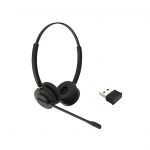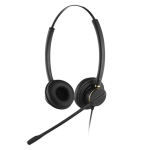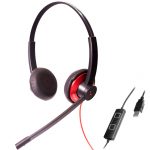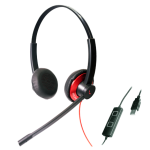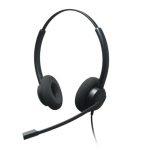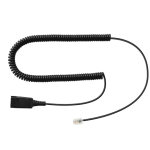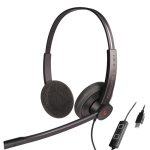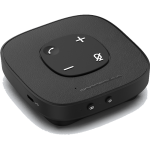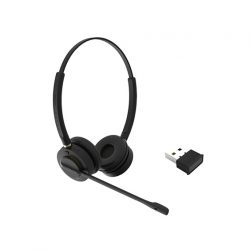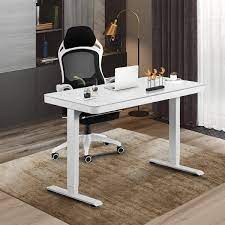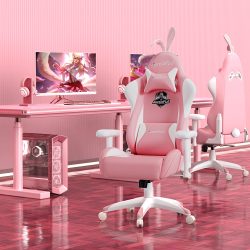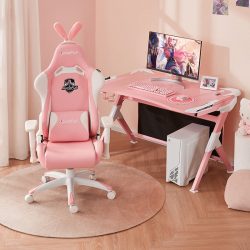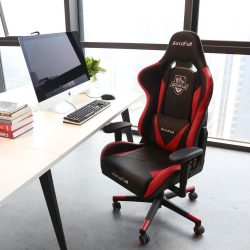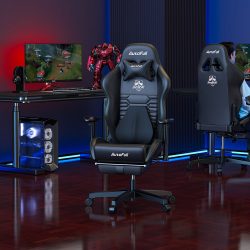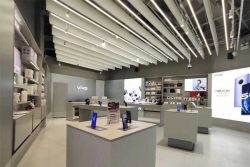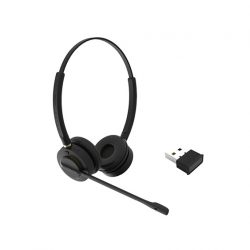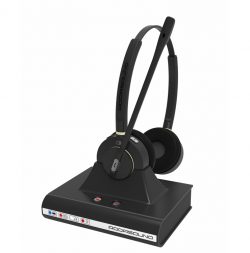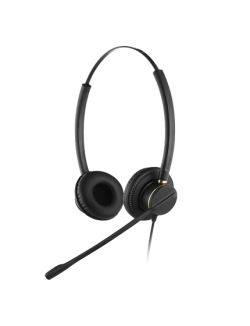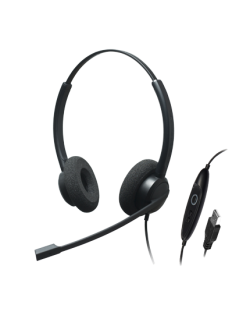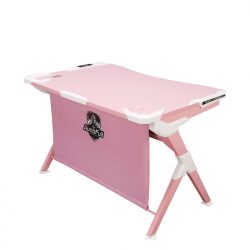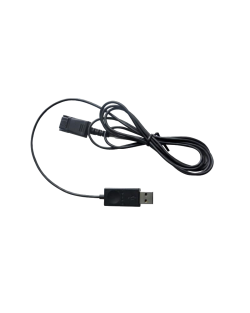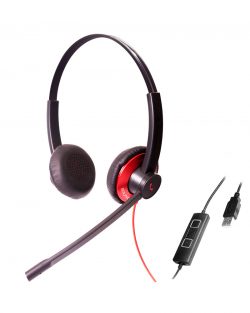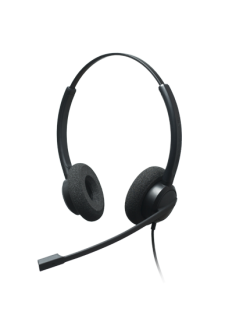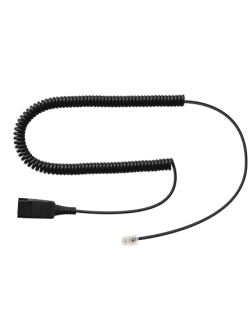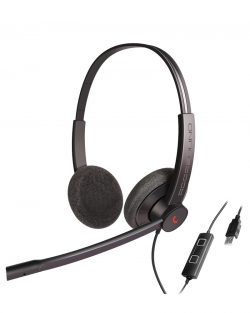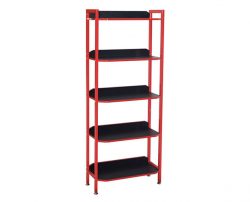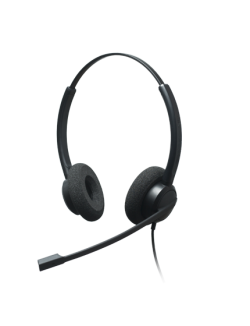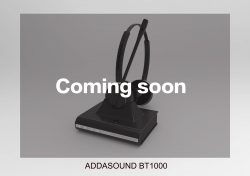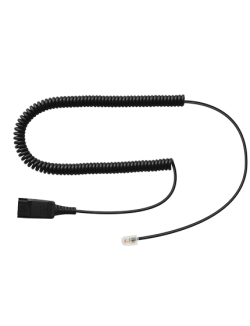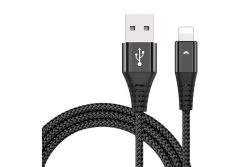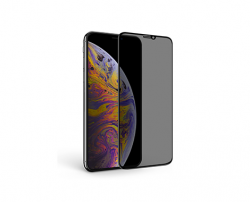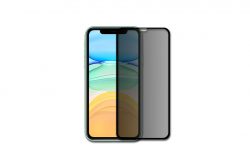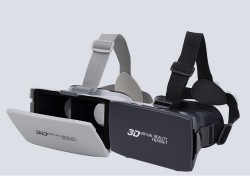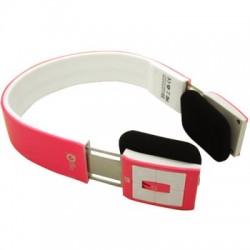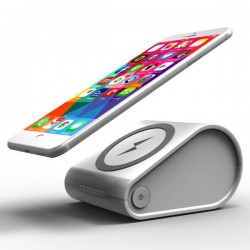HOW TO BUY NOISE-CANCELLING HEADPHONES?
What is the difference between different types of corded noise-cancelling headphones
At the moment when noise-cancelling headphones are gradually becoming familiar to consumers, the increasing number of noise-cancelling headphones on the market will confuse many people: The mainstream noise-cancelling headphones are now available in head-mounted and in-ear forms. Who will have better sound quality? How do we buy different types of noise-cancelling headphones?
Differences in the structure of corded noise-cancelling headsets
Before discussing this issue, first of all, let’s take a look at the development history of the noise-cancelling headset structure. Although it is not too long since noise-cancelling headphones have come out, it has gone through the development process of “open-loop system – closed-loop system – adaptive system”. And these three systems are quite different in structure, and it may help customers to better know which noise cancelling headset with microphone for telephone is suitable in different scenes.
Wired Headset With Noise Cancelling MicrophoneActive Noise Cancelling Headset
1. Open-loop system of the noise-cancelling headset
The open-loop system picks up the noise signal through an external microphone on the earphone, then outputs the anti-noise signal through the inverting amplifier, and then mixes it with the required audio signal, and finally reproduces the music in the earphone transducer to create the effect of noise cancelling.
Although the structure of the corded headset with mic is simple, due to the external microphone, the collected noise is different from the external noise actually heard in the earphone, so the noise-cancelling effect is not ideal.
2. Closed-loop system of headset with mic and noise cancellation
In order to improve this problem, manufacturers like Addasound have adopted a closed-loop design, placing the microphone in front of the transducer in the earmuffs to generate a relatively accurate anti-noise signal. The system separates the required signal from the mixed signal and then compensates for the noise signal and the inverted noise signal to better cancel the noise in the closed-loop system.
Because compensation of the USB noise cancelling headset with mic is involved and analogue filters are used, in some cases, the closed-loop system may be unstable.
3. Adaptive system of noise-cancelling headset with mic
In contrast to open-loop systems and closed-loop systems that both use analogue filters to generate anti-noise signals, the digital filters used in adaptive systems have more powerful functions and simpler settings.
The digital filter can predict the noise in the earmuffs through the transfer function of the headphone system model, and at the same time correct the phase error and amplitude error, and the hardware structure integration is also higher. It is easy to make OEM-level packaging solutions for manufacturers who have no previous experience in the development of noise-cancelling headphones.

